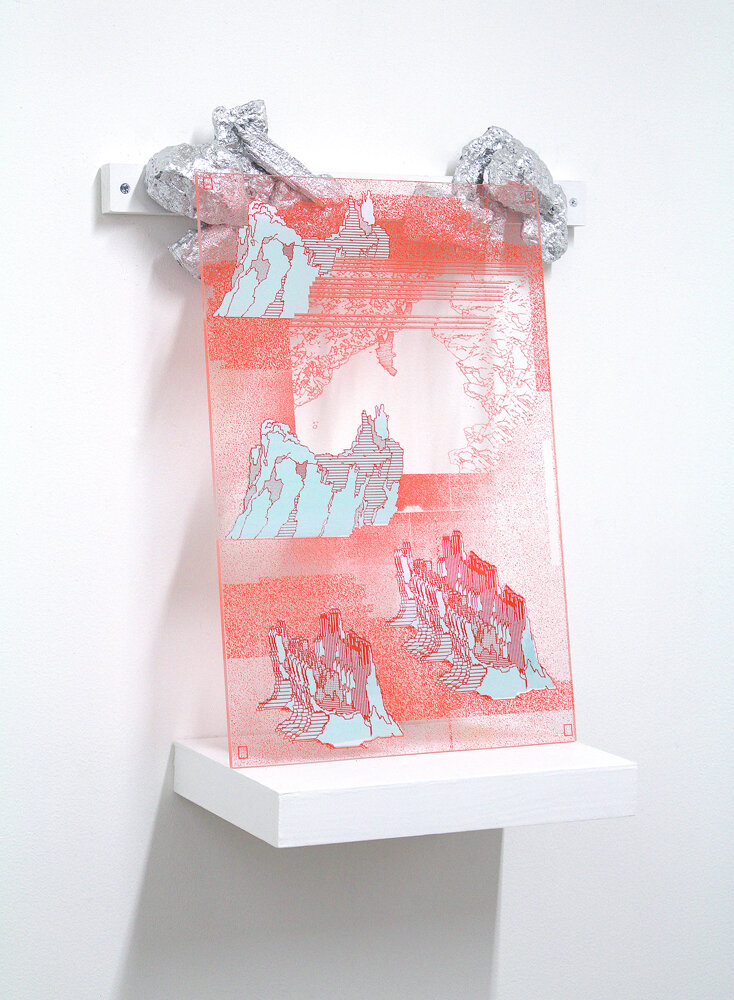Show #64
Roadside Picnic: Brian Zegeer + Naomi Nakazato
Curated by Rachel Frank
Opening Reception: Thursday, February 20th, 6-8 pm
Dates: February 20 - April 4 2020
Hours: Thurs-Sat, 12-6pm
Roadside Picnic

Show #64
Curated by Rachel Frank
Opening Reception: Thursday, February 20th, 6-8 pm
Dates: February 20 - April 4 2020
Hours: Thurs-Sat, 12-6pm
Field Projects | 526 W 26th Street, #807, NY, NY 10001, USA